
On-Demand
Best of the Best 2025
$687
Introducing the “Best of the Best 2025” On-demand CME package
This comprehensive course offers 29.25 CME Credit Hours (Rx=7) to complete at your convenience. Dive into practical discussion on managing Atrial Fibrillation, skin and soft tissue infections, diabetes technology, spine assessment, cervical cancer prevention, chronic pain conditions, and more. Features 22 sessions, 11 presenters, and a user-friendly platform.
Course Overview For Best Of Package
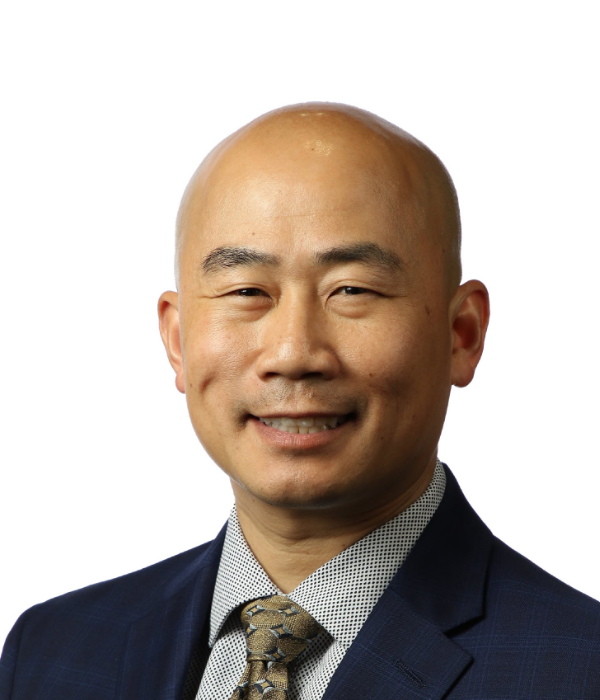
CME Courses by Viet Le, DMSc, PA-C, FACC, FAHA, HF-Cert
“Arrhythmia’s Gonna Get You” – Atrial Fibrillation (Rx=0.25)
We will review the most common arrhythmia, Atrial Fibrillation. Diagnosis and the acute/chronic management through lifestyle and implications of pharmacologic treatment will also be discussed.
“Head Above Water” – Heart Failure (Rx=0.25)
We will review the updated Heart Failure guidelines by reviewing chronic management through lifestyle and the importance of pharmacologic treatment.

CME Courses by Angela Golden, DNP, FNP-C, FAANP, FOMA
Treating Obesity Can Treat the Heart and Much More: 200+ Obesity Complications
In this presentation, we will utilize case studies and review the explanation of how obesity is at the root of 236 obesity-associated disorders. Pathophysiology of the disease of obesity and its consequences, with an explanation of treatment that targets obesity and the complications, will also be discussed.
Managing Obesity in Primary Care: Yes, It Can Be Done (Rx=0.25)
Most primary care providers ask, “How can I add another disease to be treated to my already very busy schedule, especially one that is impacting so many of my patients?” This presentation will demonstrate through a case study how to integrate the treatment of obesity into primary care using evidence-based guideline treatment.
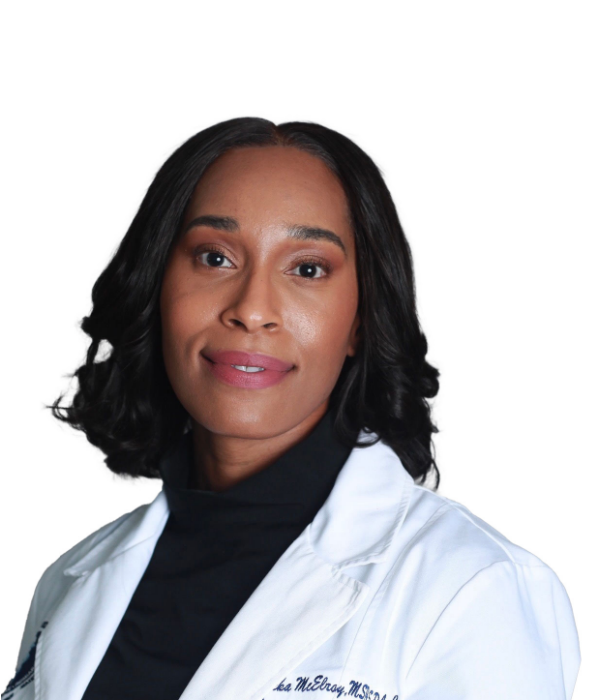
CME Courses by Jameka McElroy, MSPAS, PA-C
Benign Lumps and Bumps
This lecture will focus on benign lumps and bumps, delving into their diverse origins, characteristics, and optimal management. From lipomas to cysts, you’ll gain the confidence to identify, assess, and communicate effectively with patients about benign lumps and bumps, ensuring comprehensive and reassuring care.
A Guide to Common Rashes (Rx=0.50)
This lecture will hopefully unravel the mystery of some common rashes ranging from viral eruptions to contact dermatitis. Discover effective strategies for managing and alleviating common rashes. From over-the-counter treatments to lifestyle adjustments, gain practical insights into providing relief for those pesky skin disruptions.

CME Courses by Victoria Lazareth, MA, MSN, NP-C, DCNP
The Curious Incident of the Dog in the Night -Papulosquamous Diseases (Rx=0.50)
How do you determine if the blotchy red rash on the hands of a newlywed just back from Margueritaville is from contact with sunscreen, limes, or his new wedding band? How can you tell if a rash is localized to the skin or a Cutaneous Manifestation of underlying Systemic Disease? What are the new guidelines to help patients who suffer with Atopic Dermatitis, The Itch that Rashes? How can you help your patients with Psoriasis gain control over this complex disease which affects them both inside and out? Sherlock Holmes, the infamous 19th century sleuth, was a master of observation and deductive reasoning. We can learn from his investigative skills and apply them to our assessment of skin rashes and how to manage them.
What the Coppertone Girl Didn’t Know! -Neoplasms
Being able to identify harmless spots on the skin will not only allow you to provide reassurance to your patients when evaluating Benign Lesions but will also bring your attention to growths which have abnormal features. As the numbers of all types of Skin Cancers continue to increase, it is increasingly important for non-Dermatology providers to be able to identify suspicious lesions. This session will also provide you with multiple examples of worrisome, pigmented lesions which will increase your familiarity with atypical Moles. Early detection can absolutely reduce the morbidity and mortality of Melanoma!
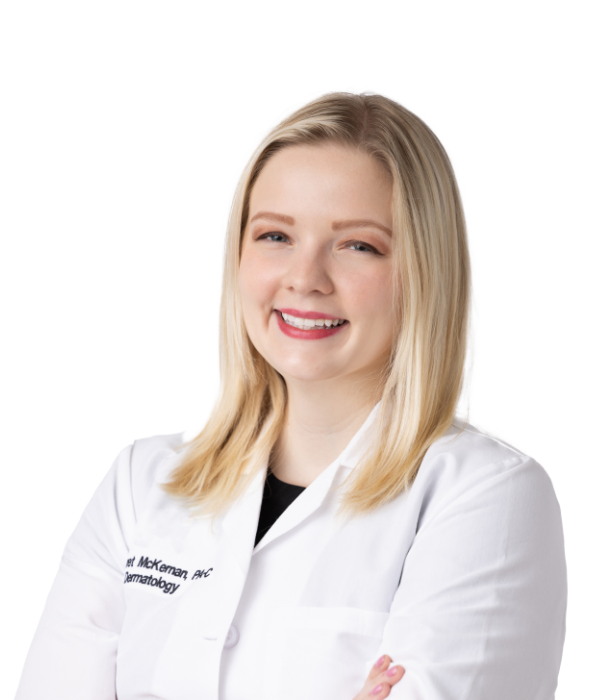
CME Courses by Margaret (Maggie) McKernan, DMSc, PA-C
The Good, The Bad, The Ugly: Identifying Benign and Malignant Skin Lesions (Rx=0.25)
Skin cancer is on the rise. 1 in 5 Americans will develop skin cancer over their lifetime. It is important to know what signs and symptoms to look for in different types of skin cancer and to be familiar with common benign neoplasms. This lecture is very visual and will include numerous photos to help attendees recognize these lesions. We will also utilize what we learned from the previous lecture by describing lesions as we go along.
Son of an Itch! What’s So Itchy? (Rx=0.50)
One of the most common and complex complaints in dermatology is itch. Learn how to approach itch in your clinic and common causes of itch. We will discuss both common and uncommon causes of itch, including atopic dermatitis, bullous pemphigoid, urticaria, id reaction, stasis dermatitis, prurigo nodularis, lichen planus, dermatitis herpetiformis, transient acantholytic dermatosis, psoriasis, and more.
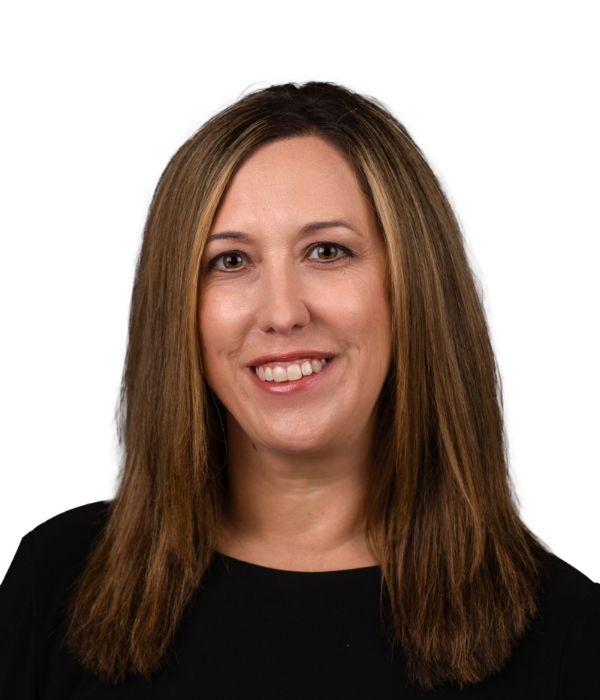
CME Courses by Amy Butts, PA-C, DFAAPA, BC-ADM, CDCES
It Is Time for Medication: How to Choose the Diabetes Medication in a Person-Centered Approach (Rx=1.00)
There are so many options for medication management with type 2 diabetes. It is imperative to take a person-centered approach when selecting medication. This program with discuss non-insulin medication and initiating and intensifying insulin therapy to meet the needs of the person living with diabetes.
Technology and Diabetes: Advancing Diabetes Management With Technology (Rx=0.25)
Technology has changed our world including how we manage people living with diabetes. Multiple technology advancements for diabetes will be discussed including CGM and insulin delivery devices. A discussion on downloading and interpreting AGP reports will help the provider to implement shared decision making into their practice.

CME Courses by Christopher Hemmer, DNP, ANP-BC, ONP-C, FAANP
These “Joints” Are Legal in All 50 States: Evaluation and Presentation for Shoulder, Hip, and Knee in Primary Care
A comprehensive review of each joint’s anatomy and explore various provocative testing techniques used for the assessment of these presentations. We will start with a detailed overview of the anatomy of the knee, hip, and shoulder joints, highlighting their key structures and common issues. Following this, we will demonstrate and discuss several provocative tests that are crucial for diagnosing joint-related problems. This session will include video demonstrations to illustrate the correct application of these tests and facilitate a deeper understanding through interactive discussions. By the end of this session, you will be equipped with valuable skills to assess joint pain and injuries effectively.
CXR for the PCP…Do You See What I See?
Chest X-ray (CXR) is the most ordered radiologic diagnostic, yet it can be one of the most complex to understand. CXR combines organs, bones, soft tissue and comprises innumerable pathology of the cardiac, pulmonary, and gastric systems, to name a few. This presentation will break down CXR interpretation by first reviewing what is expected. Then, multiple diagramed studies will be used, and typical findings related to asthma, COPD, cardiomegaly, infiltrates, Covid, CHF, & pneumothorax. Finally, case studies will be used to enhance the learning process.

CME Courses by Travis L. Randolph, PA-C, ATC
Orthopaedic Injuries Below the Belt: It’s Going TIBIA OK! (Rx=0.25)
Let’s start with lower extremity injuries. This presentation will start at the foot, work upwards through the ankle, knee and hip, and finish at the lumbar spine. Maybe your patient is an avid runner with knee pain, an elderly patient with hip pain, or someone that took an awkward step at the bottom of the stairs resulting in ankle pain. We’ll cover the most commonly seen injuries involving these lower extremity joints, discuss physical exam findings with corresponding radiology results and review appropriate management strategies. This presentation will provide a breakdown of treatment options including non-operative treatment (i.e. medications, injections, physical therapy) and indications for surgical treatment. Join me for this session on lower extremity injuries, and you can begin to reassure your patients: It’s going TIBIA OK!
Orthopaedic Injuries Above the Waist: They Aren’t All Humerus! (Rx=0.25)
Time to move above the waist and talk about upper extremity injuries. This presentation will start at the hand, work upwards through the wrist, elbow and shoulder, and finish at the cervical spine. Maybe your patient is a carpenter with wrist pain, a pitcher with elbow pain, or someone who fell off a ladder resulting in shoulder pain. We’ll cover the most commonly seen injuries involving these upper extremity joints, discuss physical exam findings with corresponding radiology results and review appropriate management strategies. This presentation will provide a breakdown of treatment options including non-operative treatment (i.e. medications, injections, physical therapy) and indications for surgical treatment. Join me for this session on upper extremity injuries, and you can have your patients back to laughing in no time!

CME courses by Heather (Hez) Naylor, PhD, FNP-BC, AP-PMN, FAIPM
Watch Speaker VideoLet’s Be Blunt: Can Cannabis and Opiods Play Nice in Pain Management? (Rx=0.75)
Let’s explore how medical cannabis and opioids can complement or challenge each other in modern pain care. We’ll examine the pharmacology, efficacy, and practical strategies for integrating these therapies while ensuring patient safety and regulatory compliance.
Pain and the Power of Suggestion
Hypnosis and suggestion for pain management – what the research says, how to communicate with direct and indirect suggestions, and placebo and nocebo influence in conversations with patients. Learn about response expectancies and practical implementation of suggestions in clinical practice for therapeutic benefit.
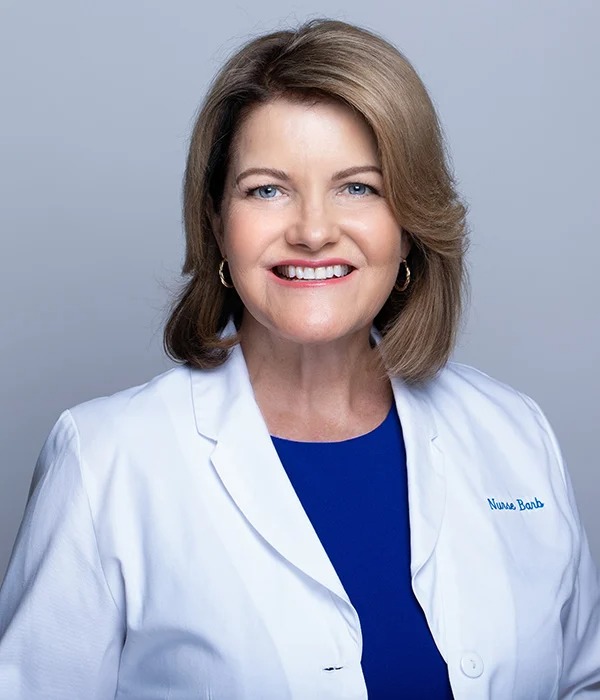
CME Courses by Barbara (Barb) Dehn, NP
Taking a Sexual History (Rx=0.25)
Afraid to ask? Not sure what to say if your patient wants to talk about their sexual health? As a healthcare provider, you’re not alone. Few of us have had any education or training in sexuality, which leads to patients who are hesitant to ask and providers understandably hesitant to tell. In this lively and practical session, you’ll learn the evidence-based, tried, and true ways to efficiently elicit pertinent information and then provide reassurance, validation, and the information they need for better sexual health.
Menopause 101: A Comprehensive Guide for Busy Clinicians (Rx=0.50)
Menopause is having a moment. There is more information and disinformation that both patients and clinicians are challenged with. More than 20 years after the WHI, your patients are now more interested in hormones and new non-hormonal treatment options that are research backed and evidence based. This mini course in Menopause management will help every clinician recognize the laundry list of symptoms beyond hot flashes and night sweats and have understanding of how to treat. Virtually every aspect of life is impacted by this hormonal transition, from sleep and cognition to mood and bone health. In this session, you’ll learn the latest research on the impact of hormonal changes on the brain, sleep, memory, and mood. You’ll also learn pharmacologic and non-pharmacologic strategies to provide patients that helps improve all aspects of their quality of life.

CME Courses by Nisha McKenzie, PA-C, CSC, MSCP, IF
Low Libido – Yeah, You Can Treat That! (Rx=0.25)
Time for sex ed for grown ups! Let’s examine the role and function of the female sexual response cycle, how it’s different from, but not the defunct version of, male sexuality. And how to appropriately counsel our patients when they ask us how to improve their low libido, or their pain with sex. We’ll discuss options for creating a safe and empowering space for your patients to ask their burning questions and for you to feel confident in your answers! And the best part, we’ll do all of this with science! No more shame in sexuality. This is general medicine and we can create a comfort and confidence in this facet of medicine for you. We’ll review mechanisms of arousal and orgasm, and the pharmacologic and non pharmacologic interventions you can utilize in practice.
Menopause Madness: Breaking It Down! (Rx=1.00)
One hormone at a time. How many patients have asked you to check their hormones, because “something just isn’t right” or “I keep gaining weight”? We’re going to break it all down – hormones, perimenopause, menopause, The Women’s Health Initiative (WHI), the up to date data on hormone risks and benefits so you can answer those seemingly unanswerable questions. The WHI still plagues both prescribers and patients with its longstanding effects on perceptions of hormones, so let’s clarify what the data showed and what that means for your patients.
CME Courses by Shelagh Larson DNP, APRN, WHNP-BC, NCMP
The Gyn Visit: Bleeding, Cyst, and Fibroids (Rx=0.25)
In this session, we will start getting those dreaded Gyn visits out of the way. We will go in-depth into why there is heavy or no bleeding and how to test and treat it. Next, we will tackle the cyst issue that haunts every ObGyn. You will be able to understand what and why, and how to treat. Next, the fibroid fiasco will be broken down. You will be able to discuss these concerns like a champ. We will also have time to discuss some vulvar issues.
Contraceptive Update: What’s New, Out and In the Pipeline (Rx=0.50)
Contraceptive choices have widened. In the second session, we will examine not only what’s new for women, but male contraceptives will be introduced. You will understand why you would lick one over another, and I’ll even provide a “cheat sheet” for when you get home.
STI Update: CDC 2021 STI Treatment Guidelines (Rx=0.75)
Just when you memorized the old STD treatments, CDC came along and changed the name and treatment regimen. We will discuss why the name changed from STD to STI, additional STI screenings, and the modifications in treatments. We will also discuss your role in the treatment of sexual partners.
Menopause Matrix: Rising from the Hot Flash Ashes (Rx=0.50)
STIs are not the only treatment modality to get a facelift. The North American Menopause Society (NAMS) updated menopause guidelines in 2022. A point of clarification will happen during this session. You will leave this conference confident about hormone therapy and prescribing to menopausal women.
Not Tonight Honey, I Have a Headache: Sexual Dysfunction (Rx=0.50)
We will end the day with a little sex (discussion). You will appreciate the different sexual response phases and what drugs and conditions that interfere with them. You will have all the right tools to open sexual health discussions and understand “what and why” there may be a problem. Alternatives, medications, and new treatments will be examined.